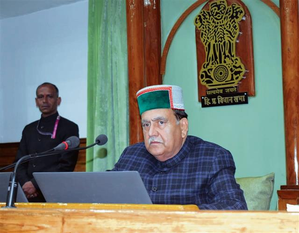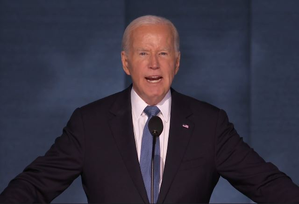PM Modi and Media – Facts vs Fiction

New Delhi, May 31 (IANS) Before May 2014, ‘On Board Prime Minister’s Special Aircraft’ used to be the most fancied byline for the ‘celebrated’ editors to flaunt at various fora.
That was a privileged class who with their collar held high would travel in executive class on PM’s overseas tours in specially designated Air India One aircraft, have choicest of wine, dine at 32,000 feet above sea level, stay on top hotels on foreign shores, and while on their way back home would get to ask a few questions to the Prime Minister.
What the Prime Minister would say in response would make the headlines on landing in New Delhi.
Trip after trip, the accompanying media would include almost the same names, with minor changes occasionally.
But all that changed after Narendra Modi came to power in May 2014 with a majority of his own.
While the elites saw that just as a change in government, that too by ‘fluke’ or a ‘quirk of fate’, an overwhelming number of people who voted for Narendra Modi did so not just for a change in the ruling regime, but for a change in the system.
When system and systemic changes began to unfold, the established elites in the media started crying foul.
The pride of flying on Air Force One and the associated perks and privileges were gone in one stroke. Other accesses also got restricted. Gone were the times when privileged journalists would influence Cabinet formation, as happened with the Radia Tapes during the Manmohan Singh-led UPA regime.
A section of mediapersons who belonged to this elite group were among the most vociferous. Time has not evaporated the prejudices built since 2002. They gave a new nomenclature to themselves — ‘Independent Media’ — while the current ruling dispensation coined two terms for them and the associated echo chamber groups, ‘Lutyens Media’ and ‘Khan Market Gang’.
One major charge by this section of people and the supportive groups, including the opposition parties, against PM Modi since 2014 has been constant, i.e., the Prime Minister has not held a press conference in the last 10 years.
Let’s consider this.
From the time Narendra Modi became the Chief Minister of Gujarat in 2001 in the aftermath of the devastating earthquake in Bhuj, Kuchh, and Anjar, and the experiences he had after the 2002 riots when large sections of media judged him from a fixated narrow prism and overlooked all the good work done by his government, made him believe in creating a more direct means of communication with the people.
Among his peer groups in politics, he was the first to recognise the potential of social and digital media. He would also extensively travel to the length and breadth of the state and directly communicate with the people. This was done without ever denying the role of the traditional media, both print and television.
Narendra Modi followed the same practice when he became the Prime Minister. Even the worst of his rivals and critics accept that PM Modi is a master communicator, while his admirers believe that India has never seen a communicator like him – someone equally at ease while interacting with heads of states in challenging international fora, or interacting with experts of various domains, or in parliamentary debates and public rallies.
Turn it to the run-up to the 2024 Lok Sabha elections. His critics, those who criticised him for not holding a press conference, are finding it a bit difficult to come out with a response to this – PM Modi gave 80 interviews to different media houses from all parts of the country.
The nature of the interviews ranged from what they call a ‘tic-tac’ during roadshows, ‘walk the talk’ in a local park, and interviews at his official residence on Lok Kalyan Marg in New Delhi.
The first set of interviews by the Prime Minister was done with regional media houses, followed by the national media houses which have substantive regional publications.
After that, national media houses had their share of interviews. Most of them were done by a group of senior journalists from the media houses concerned. He even gave interviews in large auditoriums in the presence of an audience.
What was noteworthy was that other than editors doing the interviews with the PM, the latter gave interviews to a good number of ‘beat reporters’ on various campaign locations.
A good number of women journalists also interviewed him. The freewheeling interviews lasting from half-an-hour to an-hour-and-a-half were another noteworthy thing. If one quantifies the number, over 200 journalists of varying seniority from all parts of the country must have interviewed the Prime Minister. One can imagine the number of questions the Prime Minister took during the course of so many interviews.
But even that didn’t satisfy the Left-Liberal echo chamber.
They came out with an argument that these interviews were ‘fixed’, the questions either given or ‘pre-approved’. It was perhaps due to the effective and convincing way in which the Prime Minister responded to questions on him doing ‘Hindu-Muslim campaign’… ‘BJP destroying the Constitution’…. ‘BJP benefitting from Electoral Bonds’, etc.
The questions and his responses made big headlines and triggered big debates to the benefit of the BJP, much to the disliking of the ‘Lutyens or Khan Market echo chamber’ which saw their arguments punctured most effectively.
Now when PM Modi is meditating at the Vivekanand Rock Memorial in Kanyakumari, his silence is more eloquent than 1,000 words, that’s what one infers from the petition filed by the Congress before the Election Commission.
–IANS
arm/





